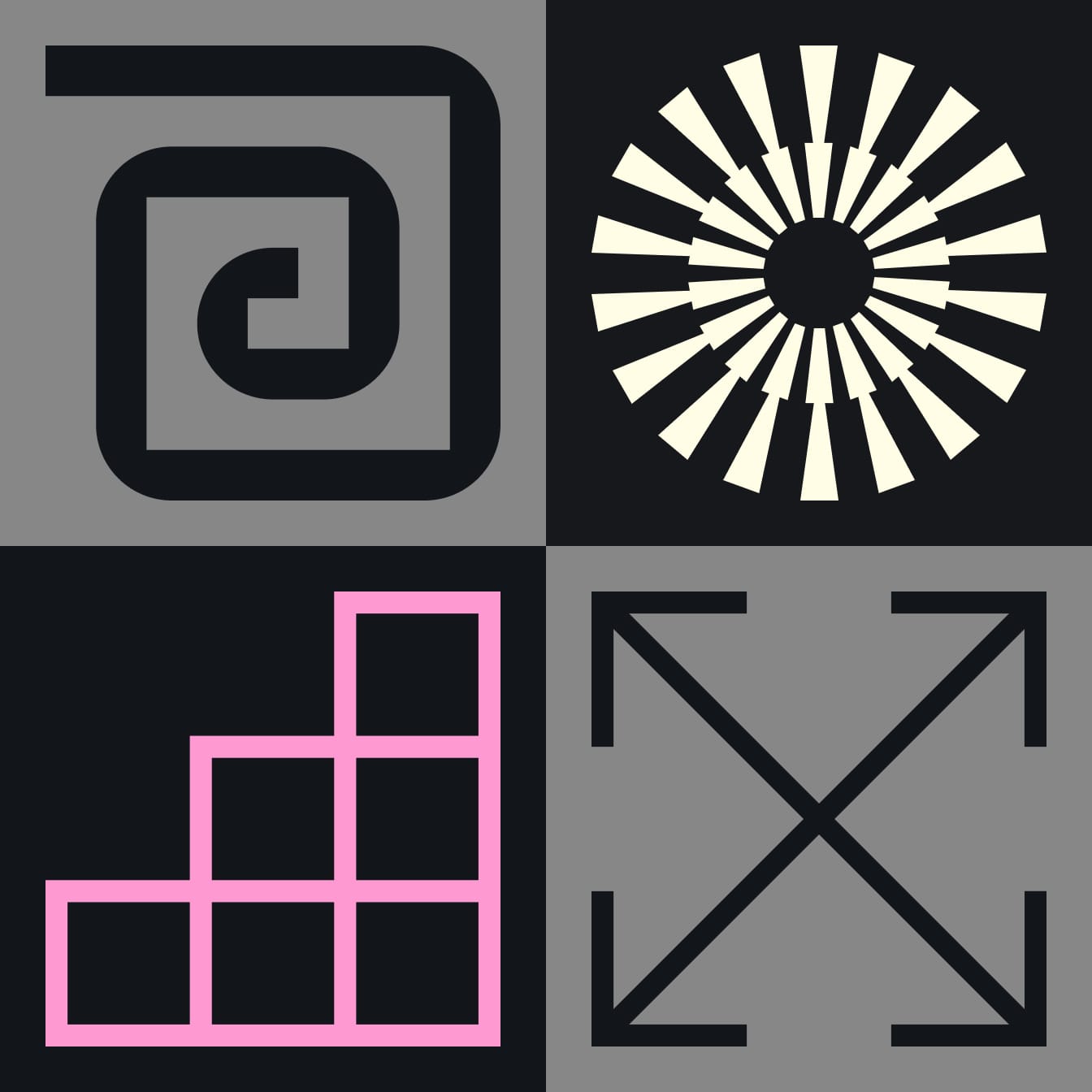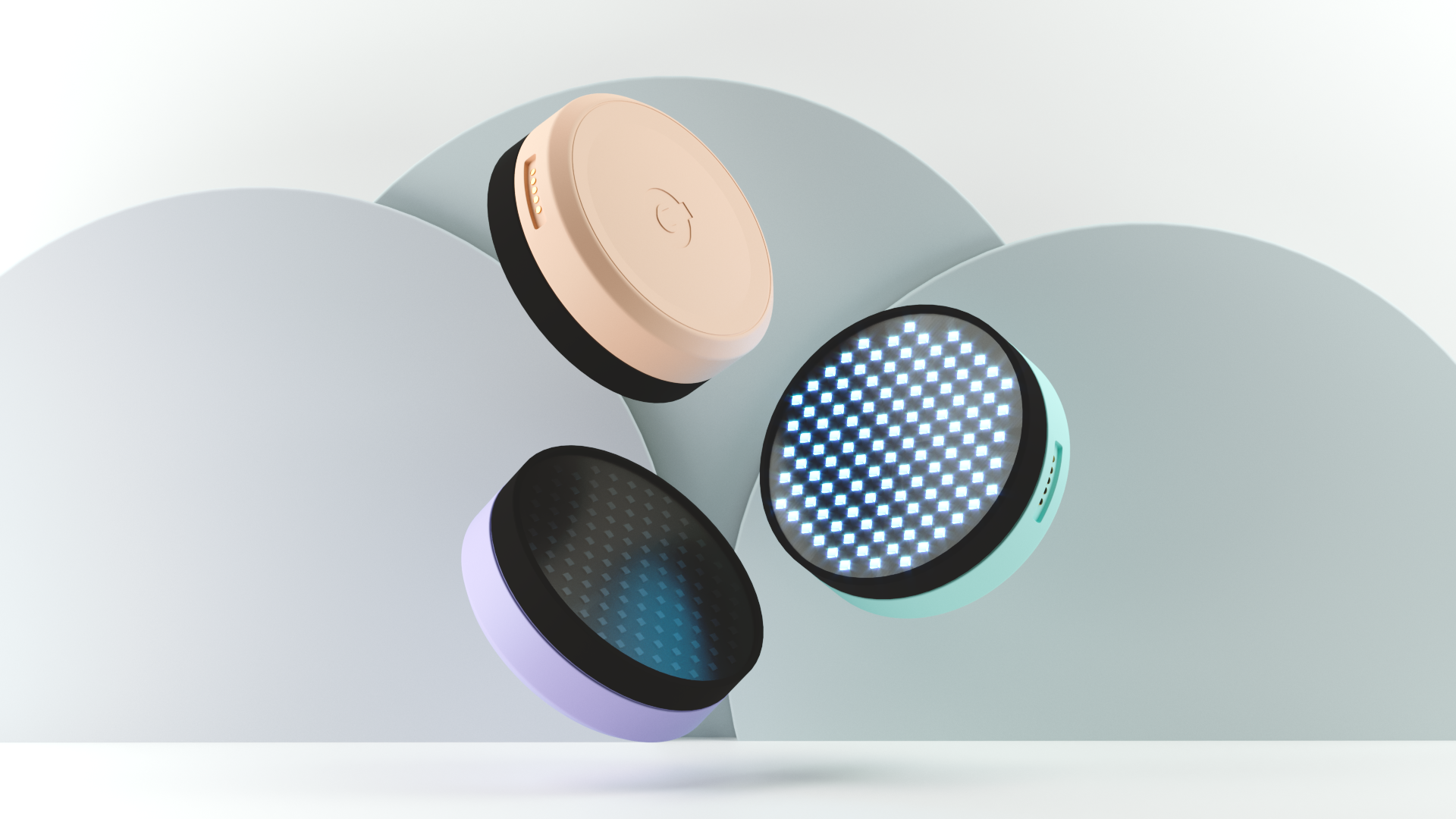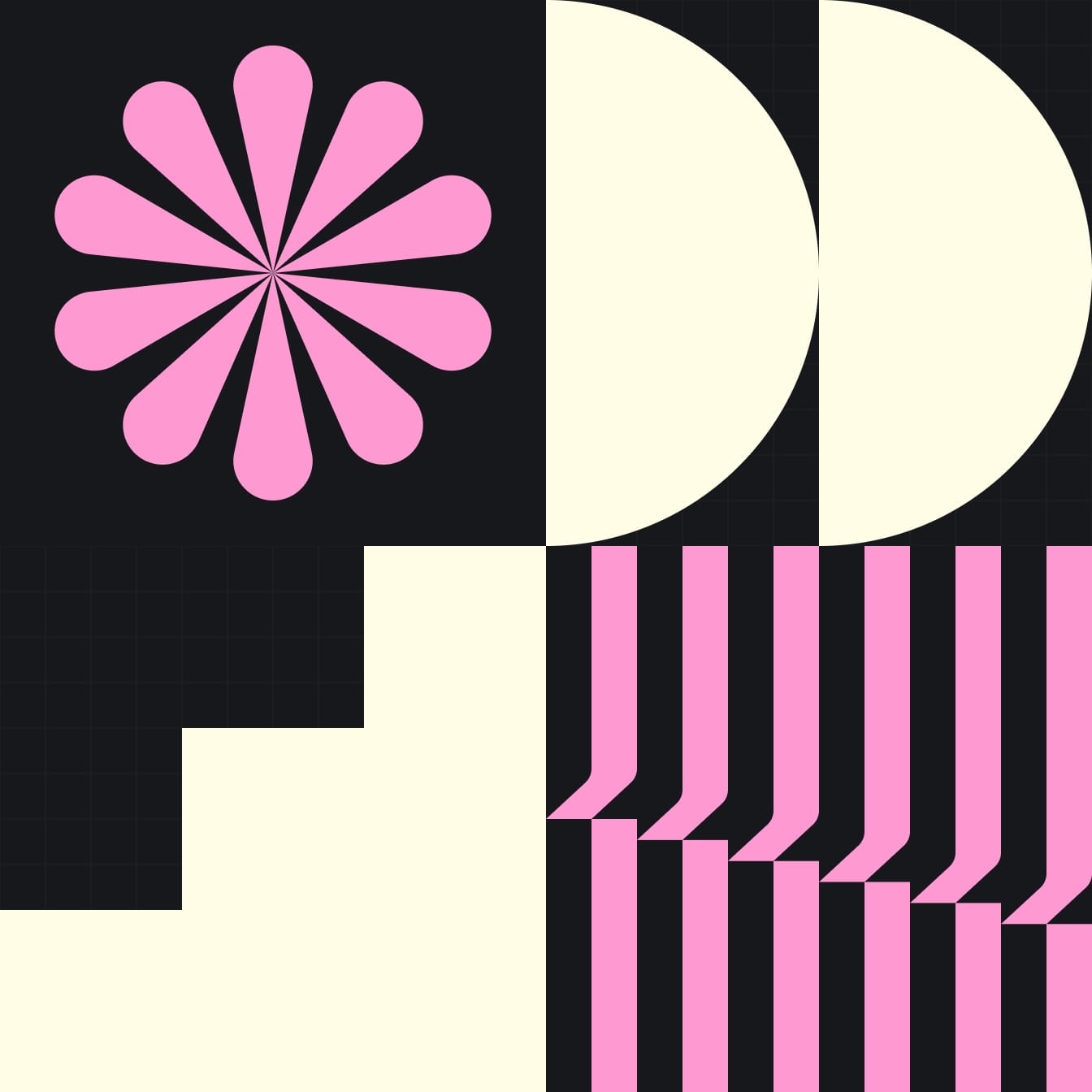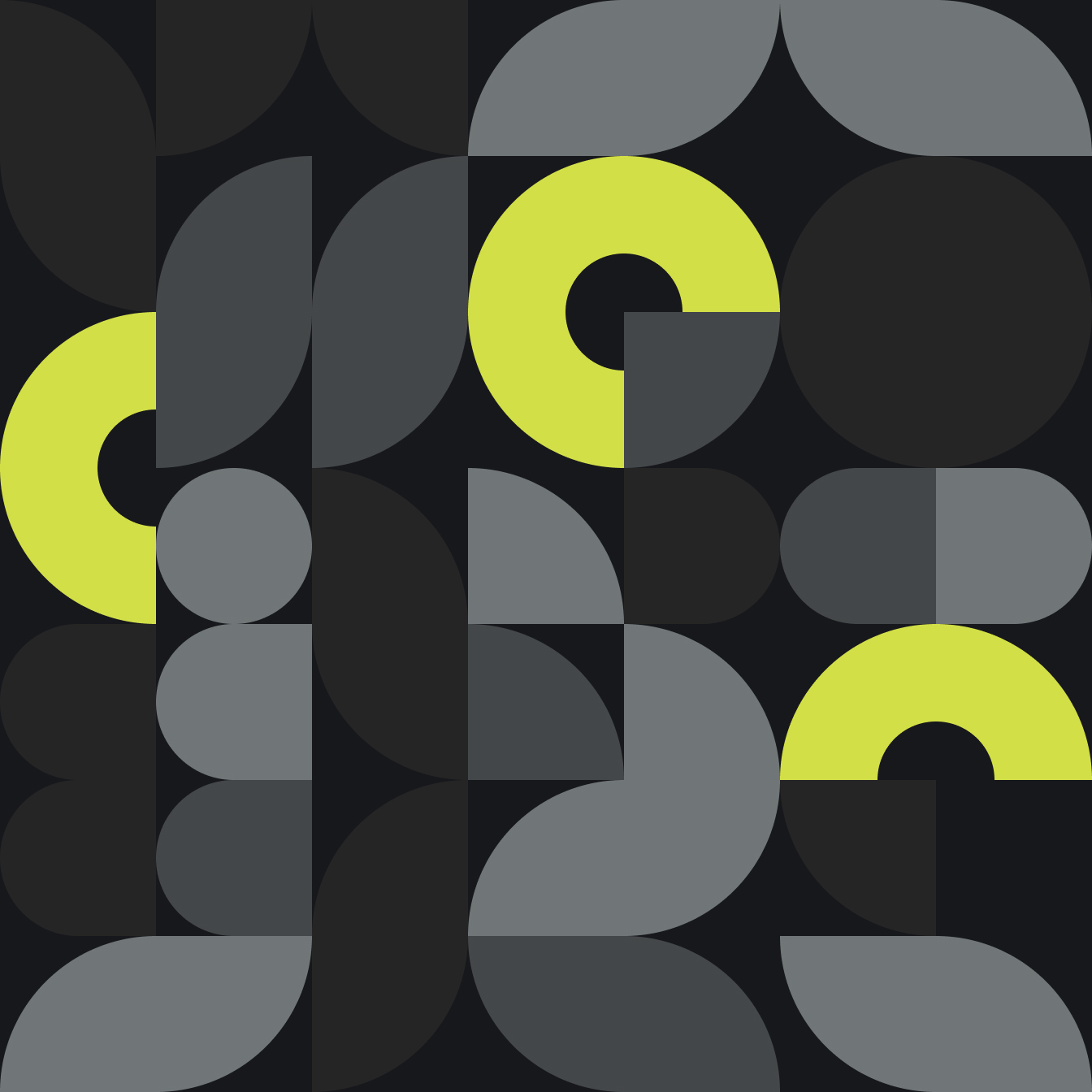
Design, often perceived as the art of crafting visually appealing elements, goes beyond just aesthetics. It’s a comprehensive process that commences with an idea—a raw, unrefined thought that carries the potential to solve a problem or enhance a user's experience. Here, we’ll explore the significance of these early design ideas and provide a framework to ensure they don’t just remain ideas but see the light of day.
1. The Power of First Ideas
Often, our intuition suggests that the first idea might not be the most refined or the best one. We tend to believe in the myth that the longer we spend brainstorming, the better our ideas become. However, sometimes, the initial spark carries the most authenticity and passion. Remember that your first idea has been unconsciously processed and refined in your mind over days, months, or even years before it surfaces. So, don’t dismiss it outright.

2. The Evolution of Ideas
Ideas don’t appear out of thin air. The random idea that strikes you at the oddest of hours might actually be a culmination of numerous experiences, observations, and thoughts that have been brewing in your mind over a long period. Trust this natural evolution of thought.
3. Navigating the Design Maze
As you delve deeper into the design process, it's easy to get overwhelmed with details, constraints, and feedback. The initial clarity can get clouded, and you may lose sight of your original vision. To prevent this, anchor yourself to the core essence of your idea.

4. Harnessing Expertise
Your idea is like a seed, and to grow it, you need the right environment. Reach out to subject matter experts and gather valuable input. Their perspective might offer a new angle or dimension to your design that you hadn't considered.
5. Ideation Over Perfection
It's essential to ideate and flesh out the broader strokes of your design. While minutiae have their place, they can come later. In the initial stages, focus on the bigger picture.
6. From Idea to Prototype
Visualise, render, and prototype. It's one thing to have an idea and another to see it tangibly. By creating a quick prototype, you can identify potential pitfalls, understand user interactions, and refine the design further.

7. The Art of Pitching
Every product is essentially an idea that’s sold well. Present your design to potential stakeholders or users as if they were potential buyers. Remember, products aren’t just born out of great design but also the art of selling that design.
Framework to Actualise Your Design Ideas:
- Acknowledge: Recognise and document every idea, no matter how trivial it seems.
- Research: Dive deep into understanding the problem space and potential solutions.
- Collaborate: Engage with experts and peers to refine and validate your idea.
- Prototype: Create a tangible representation of your design.
- Test: Gather feedback and iterate based on real user interactions.
- Pitch: Sell your idea with passion and clarity.
- Implement: Transform your idea into a finished product.



